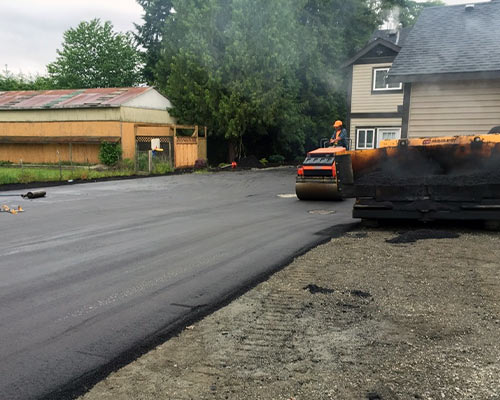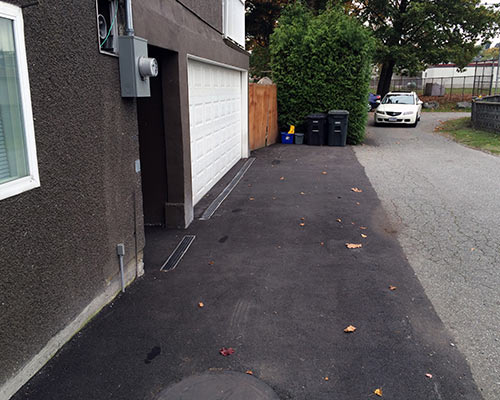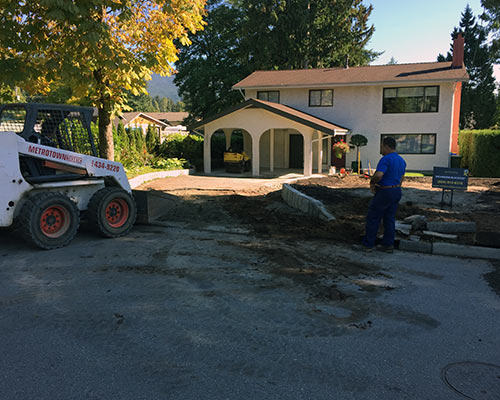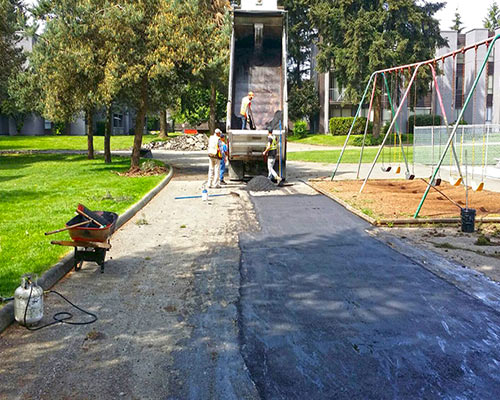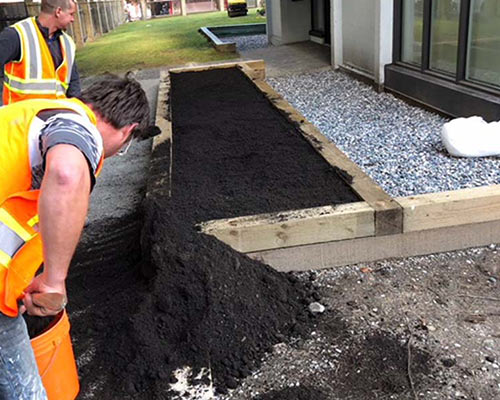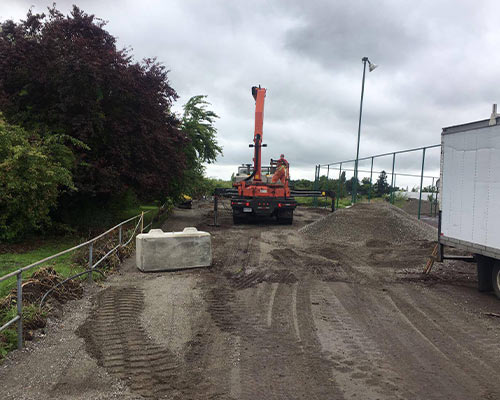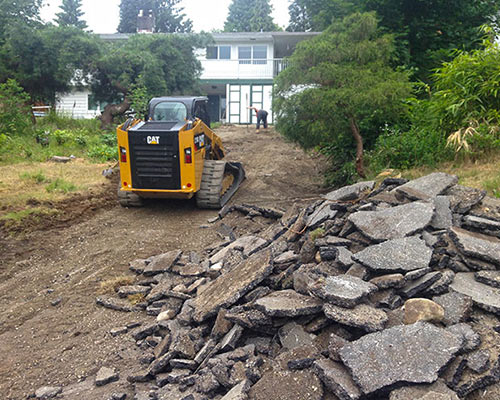PROFESSIONAL ASPHALT PAVING SERVICE
GET A FREE ESTIMATE
GET A FREE ESTIMATE
COMMERCIAL, INDUSTRIAL, & RESIDENTIAL PAVING SERVICES
PAVING THROUGH INNOVATION & TECHNOLOGY
To achieve our goals in providing excellent services to customers, we’re partnering with top notch vendors in material supplies, along with well maintained equipment and a highly trained team.

Highly trained team
Our team is comprised of experienced personnel who are committed to delivering quality that goes beyond customer expectations.
Happy customers
Our customers always come first! Richmond Blacktop is committed to making sure you are completely satisfied with the results of our services.
Paving the way with over 40 years of expertise
Our trusted experts specialize in commercial, industrial, and residential projects with over 40 years of experience in the paving industry.
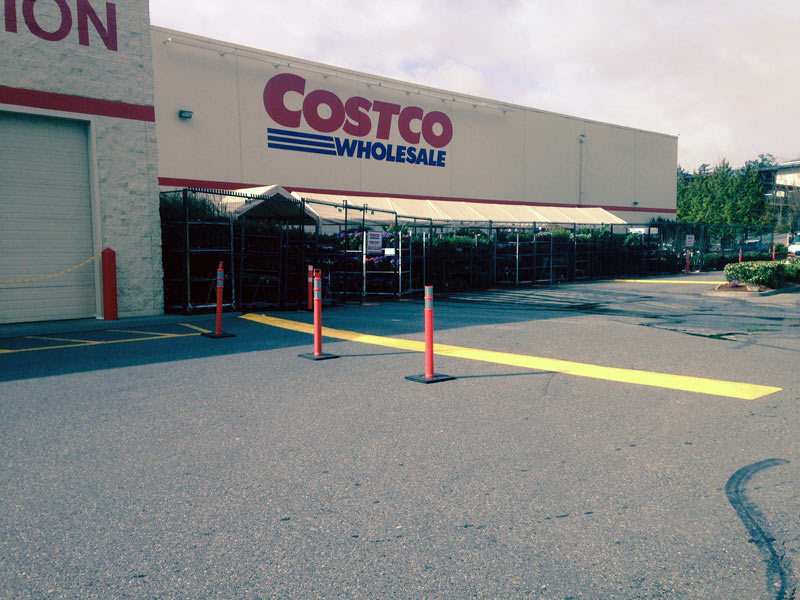
WHO WE HELP
Whether you’re a homeowner or a business owner, Richmond Blacktop has a paving solution that’s right for you! We strive to deliver above and beyond expectations with reliable service and transparent pricing. Learn more about the markets we serve:
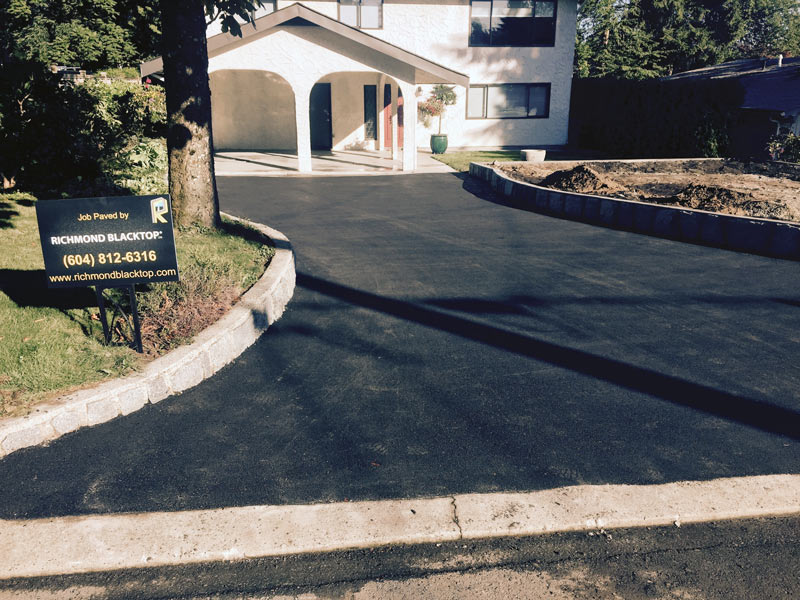

EXCEEDING EXPECTATIONS
Our customer-focused values guide us to deliver on-time, within budget and with the highest level of quality. We are committed to making sure you are completely satisfied with the results of our services.
“We hired Richmond Blacktop this fall to pave our parking and recreational area, (about 8,100 sq. ft) they were very professional and quite flexible to work with, they were able to complete the work as per agreed schedule (well before my daughter’s wedding ceremony). I was very impressed and would definitely recommend them.”
Larry, Port Moody
“I am quite pleased to have chosen Richmond Blacktop to do an asphalt paving job for my client’s commercial complex. The results were excellent! It made the complex look gorgeous and appealing to customers.”
Ben, Chilliwack
“We contacted Richmond Blacktop to repave our driveway that had been damaged by tree roots, not only did they do an amazing job fixing the problem it also enhanced our curb appeal. They will be back next spring to seal coat our driveway.”
Veronica, Tsawwassen

let’s talk about your project
Contact us with any questions or comments you may have, or for a free estimate!












